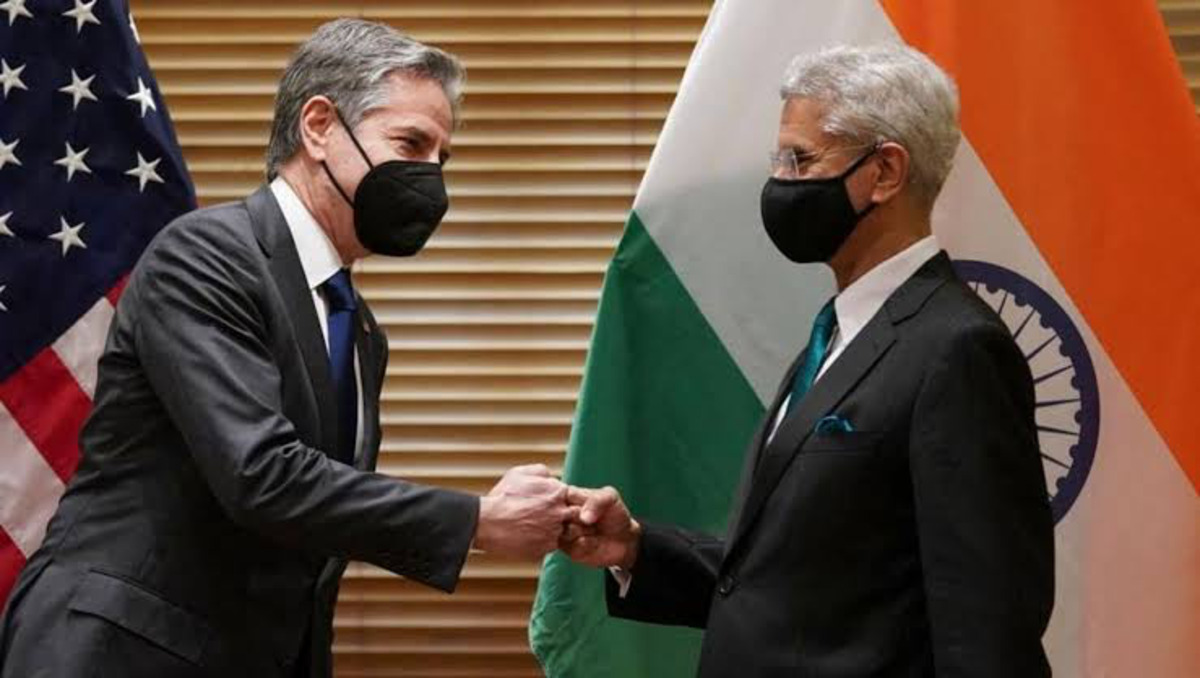The US and China are at loggerheads for dominance in the world. While Americans want to maintain the status quo their National Security Doctrine has proclaimed the communist state as ‘revisionist power’ that seeks to alter US hegemony in world affairs. This rivalry has manifested in the Indo-Pacific as well and the region’s geopolitical structure has come to be defined broadly by the ensuing economic and security competition between the two powers in the region.
The post-war period saw US’ resources directed towards securing energy supplies from the Middle-East and later engulfed into the self-proclaimed ‘War on Terror’. The Asia-Pacific region remained under- focused in American foreign policy and China silently grew its economic presence in the region leveraging US’ strategy of engaging with the Communist state expecting the Chinese to grow into an important stakeholder.
US towards the Indo-Pacific
Against the rising Chinese economic clout, the Obama administration was confronted with the growing Chinese assertiveness in the South China Sea. Obama’s famous Pivot to Asia speech at the Australian Parliament underscored a major foreign policy shift of the US. Washington that highlighted the importance of engaging more intensely with Southeast Asia and the Indo-Pacific to mitigate the Chinese Influence. Chinese President Xi Xingping announced PRC’s flagship connectivity project Belt and Road Initiative (BRI) in 2013, investing heavily to bolster economic infrastructure across land and sea routes for trade, which made US grew more apprehensive of China
After technological advances in utilisation of shale oil and gas, the US could commit more time and resources to the Indo-Pacific region. India with the second largest economy and military in the region is the epicentre of the US’ containment strategy. The India-US relations have overcome the hesitations of history. The US played it neutral when China invaded India in 1962 in Cold War times. The US remained suspicious of India’s non-alignment and its further shifting towards the Soviet Union in the 1970s. The relationship took off with India-US civil nuclear deal which signalled US’ non-commitment towards bringing India into the fold of Non-Proliferation treaty.
Spelled in its National Security Doctrine, US aims to contain China in the Asia-Pacific through ensuring Free and Open Indo-Pacific composed of a network of like minded independent states. Compelled by Chinese aggression towards it, India covertly strives to counter the Chinese coercion. Confronted with the behemoth challenge of containing Beijing and its eroding deterrence capabilities, the US seeks India’s support to achieve ‘common objectives’ in the region.
India as a stakeholder in the Indo-Pacific

India’s increasing salience in US’ Indo-Pacific strategy is evident by the fact that Indian purchase of Russian oil at discounted price could have invoked sanctions under CAATSA Act. New Delhi also played it neutral during the Russian invasion of Ukraine. US also denied public condemnation against India amidst the liking of Khalistani terrorist Hardeep Singh Nijjar on Canadian soil.
India and US have a wide range of interests to forge strategic cooperation but security concern in the Indo-Pacific is an overriding denominator. The Biden Administration’s National Security Strategy NSS underpins maintaining “collective capacity” and a “strong and consistent defence presence” as strategies necessary to ensure regional security. The defence component remains the key driver and fulcrum of the Indo-US strategic cooperation.
One of the cornerstones of the US policy in the Indo-Pacific is ‘integrated defence” and Washington supports a stronger Indian military and naval power in bid to checkmate China. The US has recognised New Delhi as ‘major defence partner” back in 2016 which shows its openness to sharing defence technology, advancing co-development and co-production and research partnerships. US-India defence trade has skyrocketed over the year valuing at 25 billion $ today. India and the US conduct the largest number of military exercises between any two countries. Both the countries have signed foundational agreements LEMOA, GSOMIA and COMCASA for logistics and geospatial information sharing and intelligence cooperation.
Despite its treaty alliance with Japan and Australia, the US is committed towards spearheading QUAD as an institutional mechanism for the Indo-Pacific. The bilateral defence and security relations are being aligned towards common objectives in the Quad. From the end of the last decade, there has also been enhanced cooperation on global issues. Biden Administration’s Indo-Pacific strategy released in February 2022 recognises India as a key player in South Asia and Indian Ocean Region, emphasising its central role in QUAD considering New Delhi is often seen a weakest link in the QUAD.



